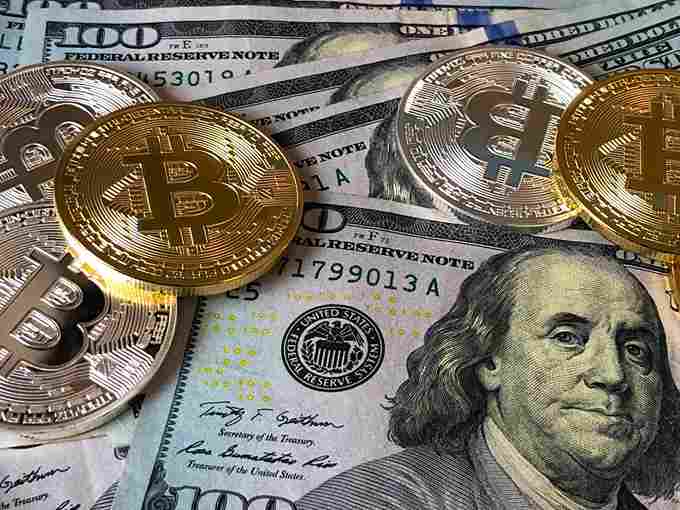In the rapidly evolving landscape of financial transactions, the concept of cash payment is undergoing a profound transformation. As we navigate the intricate web of technological advancements and changing consumer preferences, cashless payment methods have emerged as a dominant force shaping the way we conduct transactions.
With the ubiquity of the smartphone – never further than our right thighs – the rise of e-commerce and the ever-expanding realm of digital finance, cashless payments have transitioned from being a convenient alternative to becoming the preferred mode of transaction for millions around the world. And their dominance of the market share is only increasing.
Table of Contents
The Evolution of Cashless Payments
The shift towards cashless payments has been monumental, stimulated by the convergence of technology, convenience and security. The essence of cashless payments lies in the ability to facilitate transactions without the need for physical currency.
Instead, these transactions occur electronically, often involving digital representations of money. The proliferation of cashless payment methods is not just a matter of technological innovation – it reflects a fundamental change in how society views and interacts with money.
A Digital Transformation

The digital revolution has propelled the world into an era where nearly everything is interconnected online. This paradigm shift has significantly impacted various industries, gradually rendering physical transactions obsolete.
Industries such as commerce, gaming, entertainment and even essential services have embraced the online realm, aligning seamlessly with the cashless payment trend. In this interconnected digital ecosystem, transactions are conducted swiftly and securely, mirroring the ease of digital interactions.
Commerce
E-commerce platforms are the cornerstone of modern shopping. Consumers can explore a vast array of products, compare prices and place orders at the touch of a button. Cashless payment methods offer convenience and security in this area, ensuring that transactions are completed seamlessly.
Gaming and Entertainment
From purchasing digital games and subscriptions to streaming movies and music, the gaming and entertainment industries have transitioned from physical copies to digital services.
Online casinos often offer a range of cashless options to their customers so that they can make a payment to their balance, safe in their knowledge their funds are protected. Cashless payments empower users to access content immediately without the need for physical exchanges.
Essential Services
Even in sectors as critical as healthcare, education and utilities, online payment systems have gained traction. Patients can pay medical bills, students can enrol in courses and homeowners can settle utility bills, all with the ease of digital transactions.
The demand for simple, hassle-free payments is evident from the popularity of Direct Debits, which have been commonplace since the 1970s. In the UK, they are the third most popular payment method behind debit cards and cash.
Diverse Methods of Cashless Payments
The landscape of cashless payment methods is diverse, offering a range of options each with its own advantages and drawbacks. These are some of the most popular cashless payment methods today:
- Mobile Payment Apps – These apps, such as Apple Pay, Google Pay and Samsung Pay, allow users to link their credit or debit cards to their smartphones. Payments are made by simply tapping the device at compatible point-of-sale terminals, utilising near-field communication (NFC) technology.
- Digital Wallets – Services like PayPal, Venmo and Alipay enable users to store funds digitally and make seamless online transactions. They often provide additional features, such as splitting bills, sending money to friends and even investing, and add a further layer of protection for customers making online transactions.
- Contactless Cards – Modern debit and credit cards embedded with RFID technology enable users to make payments by tapping or hovering their cards near card readers, eliminating the need to insert or swipe.
- Cryptocurrencies – While still in the process of mainstream adoption, cryptocurrencies like Bitcoin and Ethereum introduce a decentralised and secure form of cashless payment, allowing for peer-to-peer transactions across borders.
How Cashless Payments Work
The mechanics of cashless payments are grounded in encryption, secure networks and digital authentication. When a payment is initiated, sensitive information is encrypted to protect it from unauthorised onlookers.
This encrypted data is then transmitted through secure channels to a payment processor. The processor verifies the transaction details, checks for available funds and communicates with the relevant financial institutions to facilitate the transfer of funds. The entire process, while occurring in a matter of seconds, involves intricate layers of technology working seamlessly to ensure a smooth transaction.
The Future of Cash Payments
As we proceed into the era of cashless payments, it’s clear that the conventional notion of cash is undergoing a substantial metamorphosis. The convenience, speed and efficiency offered by these methods have propelled them to the forefront of financial transactions.
However, amid the march towards a cashless future, questions surrounding security, digital divides and the need for financial inclusivity warrant careful consideration. While the transition to cashless is undeniable, the complete disappearance of cash might not be immediate.
Cash still holds unique advantages, particularly for certain demographics and situations. Among them are anonymity, privacy and convenience in emergency situations.




